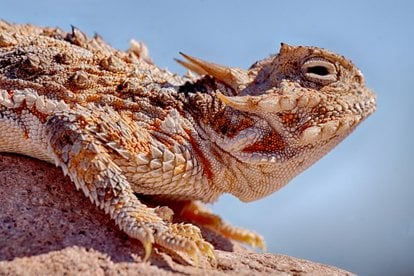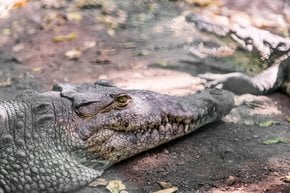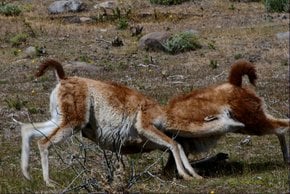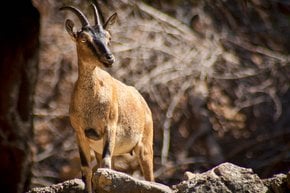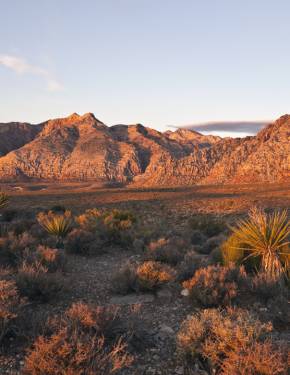Blood-Shooting Lizards (Phrynosoma) in Arizona 2026
Usually, it protects itself by the means of camouflage, but when business is serious, it puffs up to double-size and shoots blood from its eyes
Best time: March–November
In the course of millennial evolution, reptiles have adjusted to severe wildlife survival. Greater short-horned lizards or Mountain short-horned lizards (Phrynosoma) boast the most ingenious protective measures. Aerial hunters can't catch them because of their perfect camouflage. Against snakes that rely on their scent rather than sight and don't fear small spines—they puff up until they get two times bigger and then flip out so that predators can't swallow them. And the most unusual weapon is applied against larger predators. Lizards shoot blood from their eyes, and 1,5 m blood streams freak out even coyotes.
Scientists confess they are startled with such a phenomenon, as nothing even nearly similar has been found in nature so far. According to research, short-horned lizards reduce blood flow out of a head, and blood pressure rises up to such an extent that small blood vessels in an eye burst. What's more, eye muscles regulate when and in which direction to shoot, and that's truly astonishing. Scientists also call it a kind of chemical warfare, since particular chemicals found in lizards' blood are assumed to repel the predators and scare them off.
The species is endemic to western North America. It mostly inhabits mountainous areas, in particular, you can come across the unusual reptile while hiking in Grand Canyon or Parashant National Monument. It's also found in Nevada, North and South Dakota, Saskatchewan and Alberta, and other parts of the United States and Canada. In winter the short-horned lizards hibernate in burrows, so look for them between March and November.

